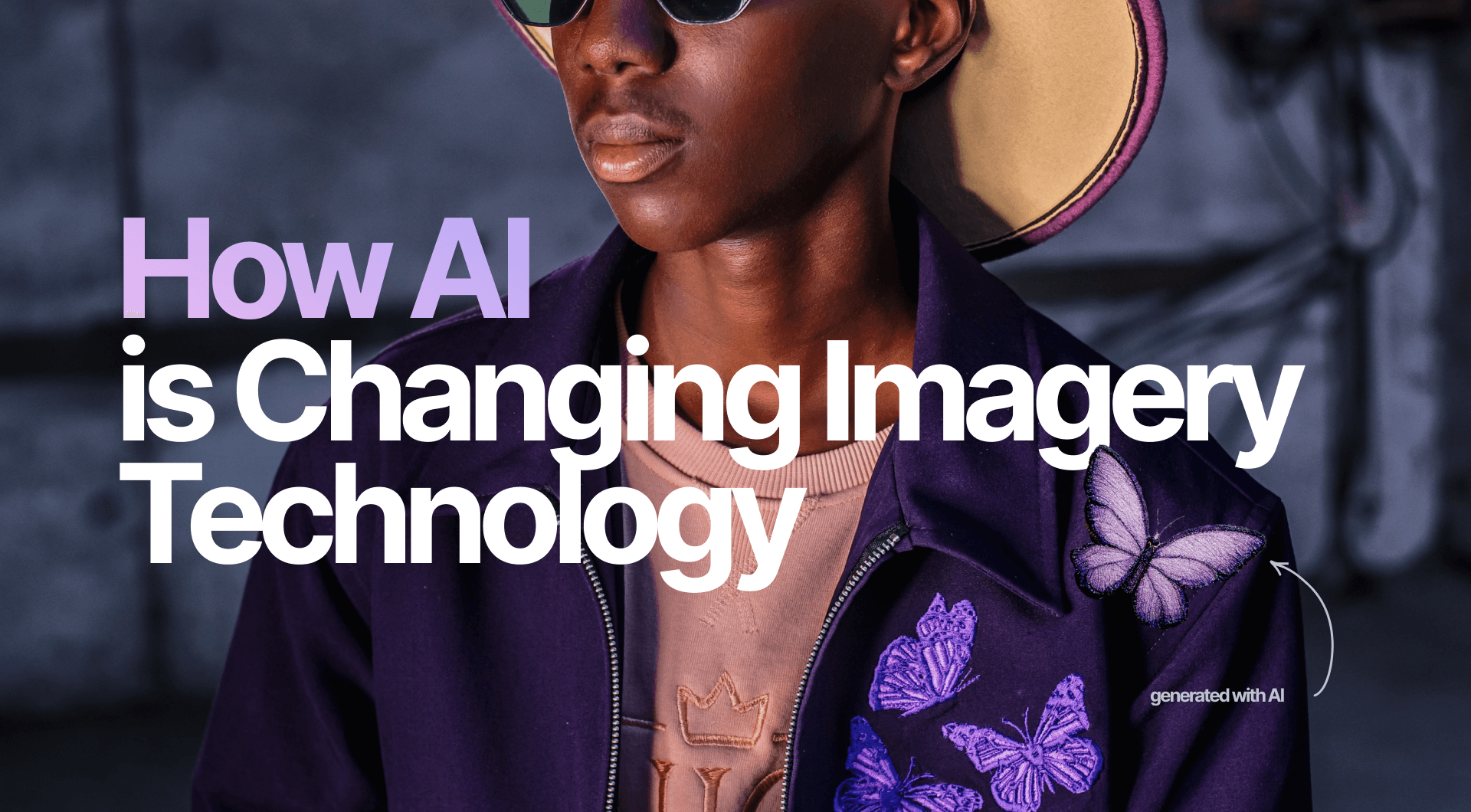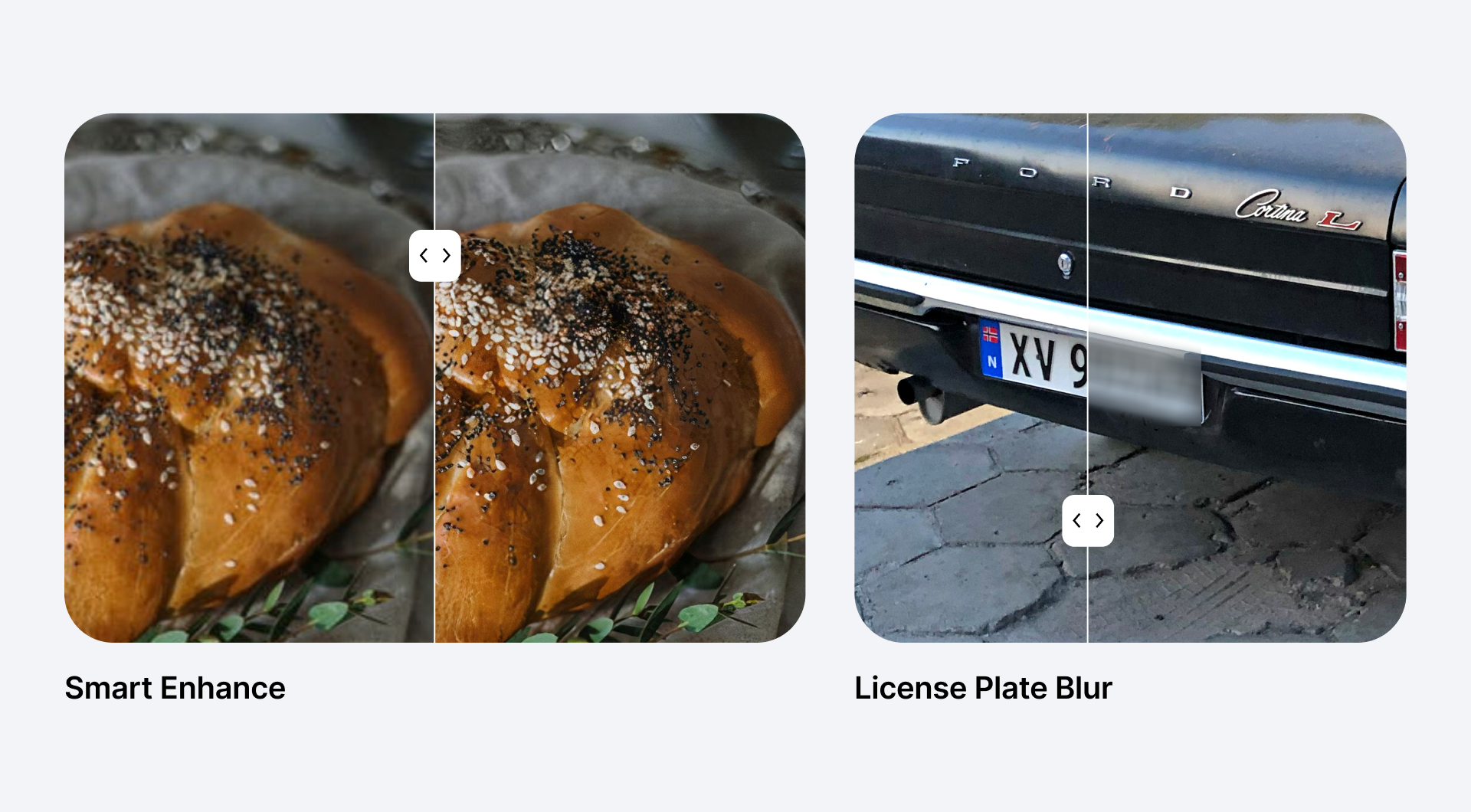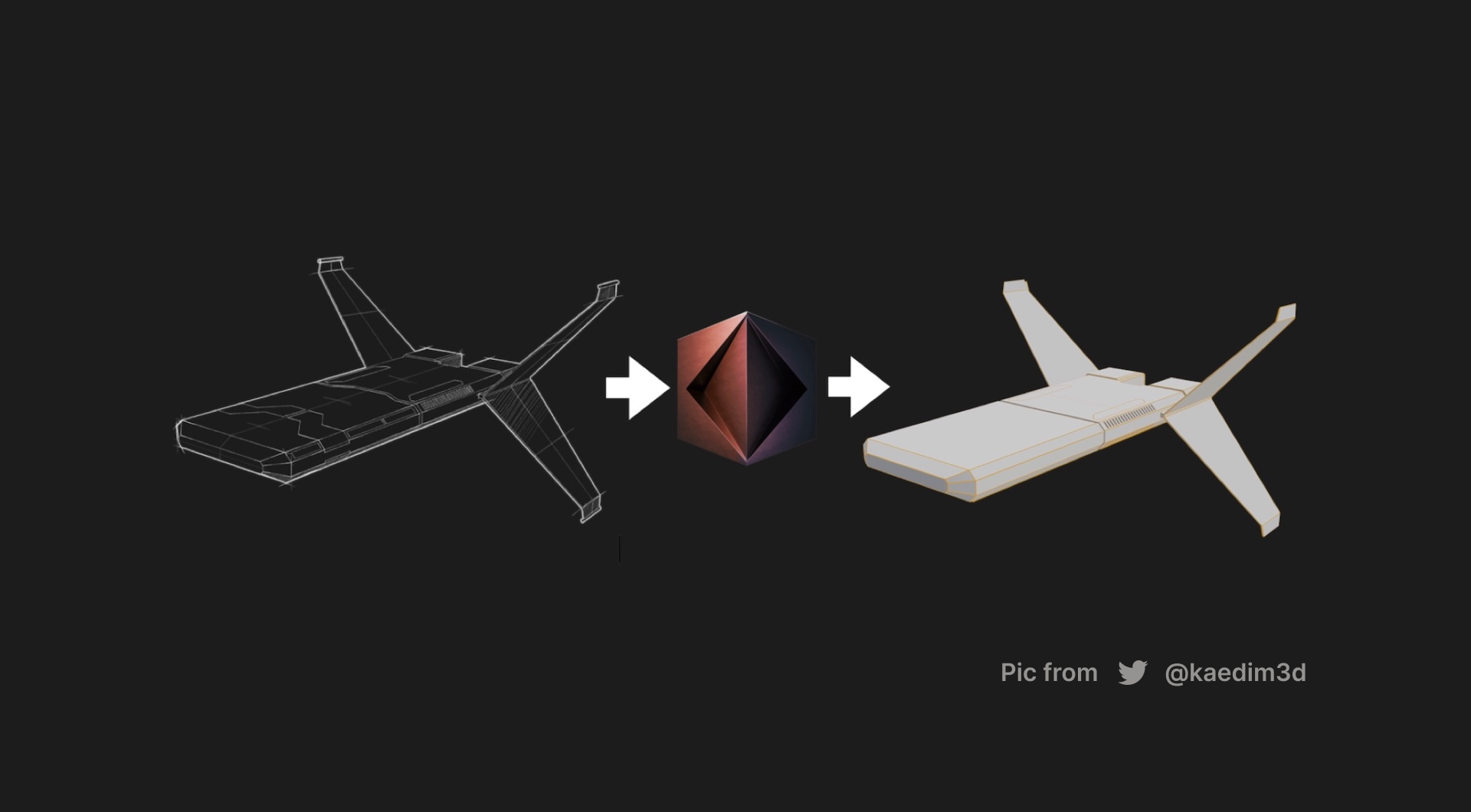Tech
The Power of Computer Vision: How AI is Advancing Imagery Tech

AI has made major strides and has been revolutionizing the imagery sector throughout the last decade (if not earlier). We’re now seeing the advent of prompt engineering technology that allows for visual content creation, this being the AI image generators such as DALL.E, Stable Diffusion, and many others that have become so popular in recent months.
And these are just a few of the milestones imaging tech has seen within a few years. So, let’s break down stage by stage how AI is impacting the imaging sector thanks to the very informative presentation at the 10th annual Visual 1st Conference that took place earlier this month in San Francisco.
Capturing, Creating, and Enhancing
A curt summary of the advancements made in the imagery sector with the help of AI is by looking at how capturing, creating, and enhancing visual content has evolved.
Capturing
Cameras, and more specifically phone cameras, take up a huge portion of visual content creation. Even with standard, non-professional phone cameras, thanks to AI-based capture software, high-quality visual content can be created with little to no skills in photography required.

Creating
Capturing photos or digital illustrations is no longer the only mode of visual content creation. AI-image generators have revolutionized the process of creating visual content and the technology is growing at exponential rates. Prompt engineering advancements now allow users to create amazing visuals with nothing more than a text prompt.
Editing
Regenerative AI tools are also becoming quite mainstream, where some form of visual content is taken, such as a photo or video, and is then regenerated into new content. Examples of this can be using AI to turn 2D images into 3D, giving lip movements and facial expressions to old photos, and adding all manner of CGI and special effects to standard videos without the need to learn complex video editing software and techniques.
Enhancing
The leaps and bounds that AI-powered software such as Let’s Enhance and Claid.ai have been making are also very crucial to note. Nowadays, we can teach AI to enhance images to create a vast number of results. Automatic deblurring of images, upscaling resolutions, and enhancing facial features are just a few of the utilities that are provided by AI-based photo editing and enhancement software.

Object Recognition and Annotation
Another important achievement in AI-based imagery technology we’ve seen is object recognition and annotation, which trains AI to pinpoint various physical objects and differentiate them from others based on various visual features. Object recognition and annotation technologies have allowed AI to transit into the physical world, able to recognize its surroundings.
The utility that came from this advancement has allowed the advancement of sectors such as eCommerce, security, healthcare, and beyond.
Our own Let’s Enhance and Claid.ai software is able to recognize various objects in an image. Let’s Enhance can separate a product photo from its background and optimize the image so it can be used on eCommerce platforms. And Claid.ai was recently trained to recognize car license plates and automatically blur them out.
2D to 3D Image Conversion
Conceptualizing 3D models is now even easier than before thanks to AI software that can turn a 2D image and convert it into a 3D model. Two examples of such revolutionary software are Kaedim and Adobe’s “Beyond the Seen” technology.

Though both are powered by AI and metric tons of data through machine learning, they have different uses. Kaedim requires 2D images or sketches, which it then transforms into 3D models. Adobe’s Beyond and Seen works with photographs of landscapes and interiors, which the algorithm then stitches together into a 360-degree environment, allowing the camera to wander through the 3-dimensional scene as if it were physically there.
eCommerce
As you may already know, product images have a huge impact on the purchasing habits of online shoppers. There is a greater focus on the clean and professional presentation of eCommerce products than on giving precise descriptions or catchy names for the products.
AI has helped many online vendors create product photos that are not only presentable but also very enticing for shoppers. eCommerce platforms are now using AI-based photo editing software to optimize all the images that are posted there, which in turn optimizes the platform’s sales figures.
Visual Content Sales and Art Curation

The use of AI in the imagery sector has also introduced new conveniences and utility in the
sale of visual content and art curation. One notable example is the NFT (non-fungible token) boom that happened in 2021.
Around a year ago, digital trading was taken by storm after the rapid popularization of NFTs. While they have been around for quite some time, trading skyrocketed as these blockchain-based tokens became more sought after than ever before. Artists could now mint their work onto a curation platform, such as Opensea, and potentially sell it online, something that was not as accessible to many artists before.
It didn’t take long for AI to also make its way into this new booming market, as AI-image generators were used to create millions of unique algorithmically or procedurally generated collectible tokens that would then be minted and sold. But don’t let those ugly images of apes and lions fool you into believing that more complex works of art can’t be turned into NFTs.
Artists from all over the globe began using AI with precise prompt engineering to render breathtaking pieces of art which would then be sold through online art curation platforms and auctions.
What to Expect from the Future of AI in Imagery
So, what’s next for AI-based image capturing, editing, enhancing, and modeling software? With all the eyes on AI-image-generating software, most of the advancements reported will most likely be in that particular sphere. AI image generators will most likely continue to advance to the point where almost anyone can type in a simple prompt and get close to exactly what they were looking for. And with advancing AI technology, we can also expect to see AI-generated images indistinguishable from real photographs.
It’s an exciting time for AI in the imagery sector, and we can’t wait to see all the new developments and advancements that are coming in the next few years.

Claid.ai
November 8, 2022